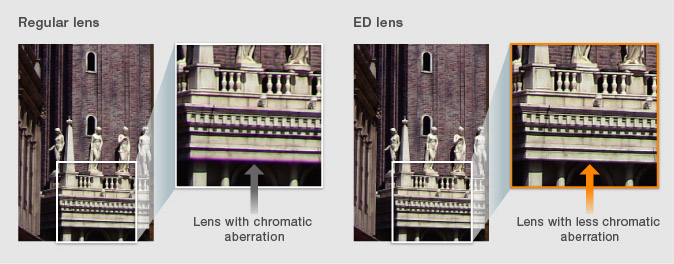| “G Lens” — the culmination of Sony optical expertise. |
 |
| Wide angle and zoom |
 |
Wide-angle 28 mm “G Lens” with 20x optical zoom
The HX1 lens covers a wide range of focal lengths from 28 mm to 560 mm (35 mm film equivalent), making it suitable for various types of shooting including landscapes, portraits and snapshots. In particular, it offers a wider minimum focal length, starting at 28 mm with a lens speed of F2.8
|
 |
| Extend your reach with powerful optical zooming |
 |
|
The breathtaking quality of “G Lens” extends to powerful 20x optical zooming. You’ll enjoy smooth, seamless zooming from 1x to 20x without the aberration and distortion that spoils high-magnification zooming in conventional lenses. Even the finer details of faraway objects can be captured with utmost clarity. |
 |
|
 |
| Capture more of your world with wide-angle shooting |
 |
| Capture the world around you in stunning wide-angle images. The “G Lens” combines a minimum focal length of 28 mm and a large F2.8 aperture to deliver wide-angle images of crisp, razor-sharp quality. Whether shooting dramatic landscapes or groups of friends in small rooms, the “G Lens” is the right choice for outstanding results. |
 |
|
|
 |












